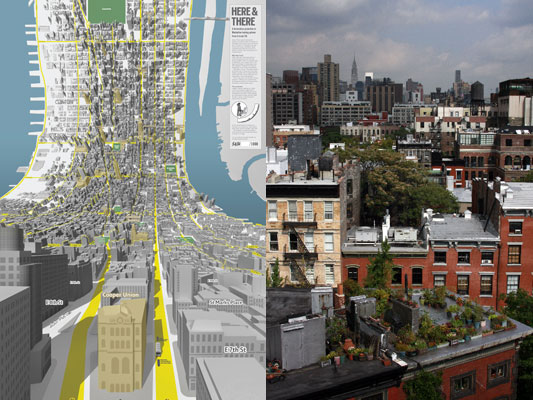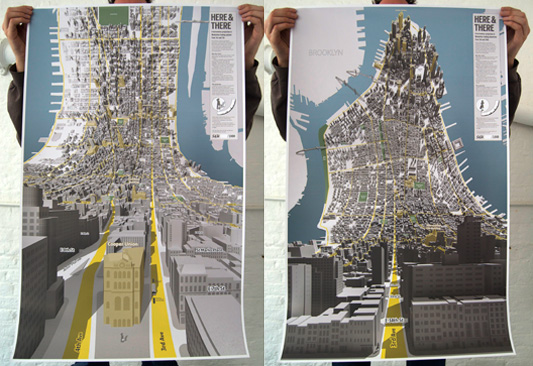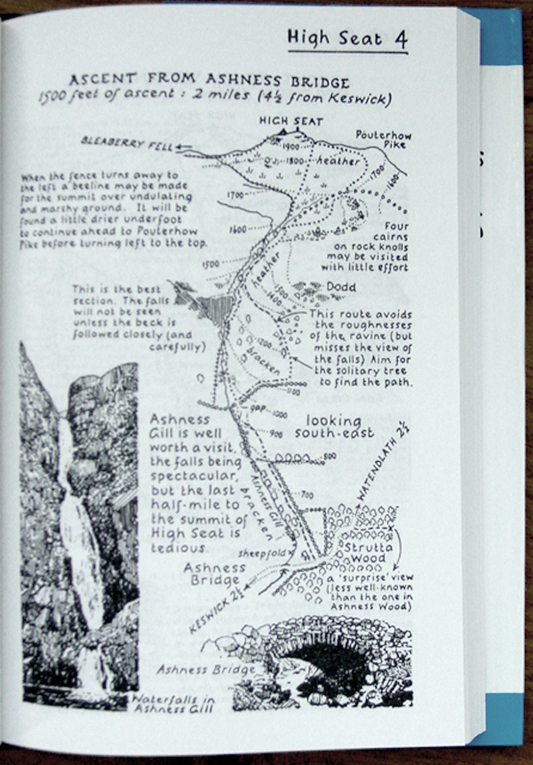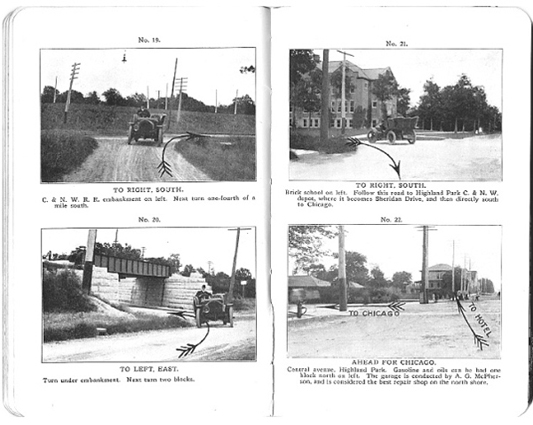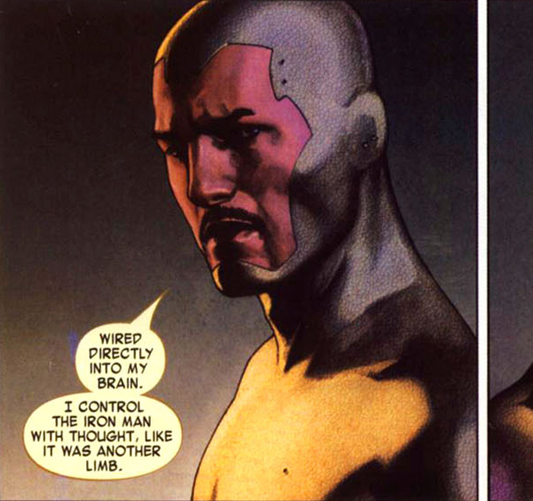I wrote this article for Scroll Magazine in October 2009, to coincide with my Web Directions keynote, Escalante. It builds on the themes in my June 2009 talk, Scope. The piece is now online here but it’s always nice to have a record on your own site so here it is! And go pick grab yourself a copy of Scroll. It’s a lovely, lovely mag.
Richard Feynman, the 20th century American physicist, was once challenged by an artist friend as to whether a scientist could see the beauty in a flower: “You take this all apart and it becomes a dull thing.”
Feynman worked on the atomic bomb and developed the theory of quantum chromodynamics. He didn’t agree.
“I could imagine the cells in there, the complicated actions inside which also have a beauty,” he said in an interview, telling the story of his response. “I mean it’s not just beauty at this dimension of one centimetre, there is also beauty at a smaller dimension, the inner structure. Also the processes, the fact that the colours in the flower evolved in order to attract insects to pollinate it is interesting – it means that insects can see the colour. It adds a question: Does this aesthetic sense also exist in the lower forms? Why is it aesthetic? All kinds of interesting questions which shows that science knowledge only adds to the excitement and mystery and the awe of a flower. It only adds; I don’t understand how it subtracts.”
In addition to being a physicist, Richard Feynman is (sadly: was) one of the very few, very great explainers.
This double view of a flower doesn’t fixate on its beauty. When you see two scales simultaneously – the flower in your hand; the atoms and processes of nature at a global scale – your consciousness ricochets between them, producing awe and enlightenment both. Maybe Feynman’s story resonates particularly for me. I was trained in physics.
Stewart Brand, pivotal in the creation of the earliest electronic communities and the culture of the Internet, is another hero of mine. He’s both a connector and explainer. In 1966 he started a movement in San Francisco, distributing buttons with the message, ‘why haven’t we seen a photograph of the whole Earth yet?’ He campaigned for Nasa to turn its cameras back on the planet and show it to us, laid out.
In the early 1970s Nasa obliged and published the Blue Marble photo. You will have seen it: the Earth hangs as a crystal sphere of white, blue and precarious brown, alone in a black cosmos.
You see yourself and the planet all at once, two perspectives overlaid. We’re hardened to such images now and it’s tough to imagine what it was like, a generation ago, to have the God’s eye view of the Blue Marble for the first time.
Brand later spoke about why he’d campaigned. “People act as if the earth is flat, when in reality it is spherical and extremely finite, and until we learn to treat it as a finite thing, we will never get civilization right.”
Feynman’s flower and Brand’s whole Earth are, to me, scientific instruments. Biologists have microscopes. Astronomers and peeping toms have telescopes. The instruments we have here, to use the designer John Thackera’s term, are macroscopes.
Thackara gives a definition: “A macroscope is something that helps us see what the aggregation of many small actions looks like when added together.”
A macroscope will focus ideas as a microscope focuses light. It’s a tool for the designer. A designer’s job is not only to fulfil their craft, in graphics, or furniture, or silver or whatever it may be. And it’s not only to understand all kinds of context and produce objects that are aesthetically and functionally pleasing. A designer’s job is also to invent culture.
I make that addition, to the designer job specification, prompted by my business partner Jack Schulze. In a recent interview he attacked the view that design is about solving problems: “Obviously designers do solve problems, but then so do dentists. Design is about cultural invention.”
Schulze points out this feature of design because otherwise design is not distinguishable from others of the many processes of creation. Great products can come out of processes such as ethnography, market analysis, opportunistic use of the cheap products of the Chinese manufacturing industry, and luck. Design is but one approach. Design’s differentiation, says Schulze – and I concur – is its obligation to participate in and invent the world. There is an obligation for designers to push culture forward, and because of that, to be relevant.
Since I’m being pedantic about the definition of design, I could easily be as pedantic about the definition of culture. Happily Bruno Munari, Italian designer and author of “Design as Art,” supplies a working definition of “culture” which is both adequate and profound. Culture, he says, is “the things that make life interesting.”
But the world is changing at pace and at scale. To remain relevant, let alone interesting, is a struggle if culture is too large and too broad to apprehend. Take, for example, the global financial system, which in late 2008 and early 2009 almost collapsed and took civilization with it. The cleverest people in the world – the cleverest people by any measure you can name – cannot tell a cohesive story about the near collapse of the banks. We can’t say why it happened. It is too big to see.
Why haven’t we seen a photograph of the whole financial system yet?
To see the banks and, by extension, all of culture on a human scale, we need a special sort of instrument: a macroscope. A macroscope could show us the personal effect of debt and finance on a human scale, and the globalised system together. It would help us make connections and to make human connection. And from there, act.
Such an ability to feel the human scale and the grand view all at once seems like a superpower. Recently, at BERG, we attempted to visualise this superpower as it would change the way you navigated a city, the urban environment being the archetypal human creation which is lived in but also too large to comprehend.
The result is a new kind of map projection, and a map of Manhattan named “Here & There.” The projection warps the city grid, showing the top-down and street view in one. Now, looking over conventional photos of the New York skyline, I notice the absence of my new power to see here and spy there together, and being able to plot a path between them.
A macroscope of the banks would have the long zoom power of Feynman’s point of view of a flower, and the visual clarity of the map of Manhattan.
I believe our job is the creation of Here & Theres for all sorts of matters of cultural importance. Macroscopes give all of us sight of our place in the world, and the power to participate in it; and, as designers, they help us understand culture more directly, in order – ultimately, and simply – to better engage in our craft with integrity and relevance.
